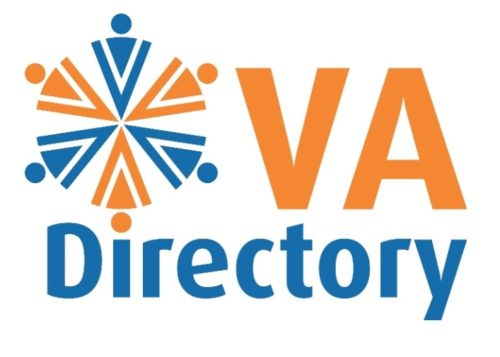 LinkedIn has grown to an enormous professional networking site with over 150million members now. It was only a few short years ago that I began to take it seriously and there were just over 14million in those days.
LinkedIn has grown to an enormous professional networking site with over 150million members now. It was only a few short years ago that I began to take it seriously and there were just over 14million in those days.
There was a time when receiving an invitation to connect at LinkedIn, that LinkedIn would have a warning message at the bottom of the email invitation about whether you should connect with people you don’t know. People used to be penalised if they got 5 or more IDKs (I don’t knows) and their account suspended but I suspect that doesn’t happen anymore. Now they have a message at the bottom of those emails outlining why you would want to connect with that person… even if they’re a total stranger.
Non-personalised invitations come similar to this one:
xxx
has indicated you are a Friend
I’d like to add you to my professional network.
– xxx
LinkedIn shows a list of people you might know when you’re in that section for accepting invites and they’ve changed the style of how they’re set out. Perhaps that might account for the sudden influx of invitations I get from people I don’t know – because I’ve been listed as a suggestion. Most of the time I don’t even know the people who ask to connect with me and I like to ask how they found me and what their interest is in connecting with me? I get a variation of responses:
- No response
- An answer to my questions
- Apology for offending me
- Reply that indicates they don’t want to connect with me anyway
I do connect with those that give me an answer – after all networking is about building relationships and so opening a conversation is a good way to get started.
The apology usually gets a response from me saying I wasn’t offended, I was just interested in finding out how they found me. Sometimes that can go one way or another.
Those who are rude get ignored and those who don’t reply, likewise. I don’t accept their invitation.
After all, networking online is not about building numbers, it’s about building relationships. Sending one of those standard invitations with no personalisation is akin (in my eyes) to walking into a networking event, pushing your business card into everyone’s hand (or leaving it on their seat or desk) and leaving the room again without saying a word. It doesn’t provide the opportunity for beginning a discussion or relationship. And I have found that it’s rare those who don’t know you begin a conversation after you’ve connected with them. They just go off to connect with others.
By the way, it’s worthwhile reading the Do’s and Dont’s of the User Agreement. In particular Item 5 of Section B. Item 6 in that section is also worth noting – I’ve noticed many people posting other pics that are not their photos.
This is not to say I won’t connect with you. Simply let me know you read my blog when you send an invitation to connect. I’m always happy to meet new people – as long as I know there’s a genuine interest.
P.S. If you have a LinkedIn profile, make sure it’s complete. Googling your name your profile will show up and if it has nothing much there, it doesn’t make for a good look.

Andrea Smith says
Hate to say it but i really despise those accounts not only in LinkedIn but also in other social networking sites that are building “numbers” instead of “relationships”. It defeats the purpose of being social if you don’t even know the person you are adding to your list, right?
Kathie Thomas says
Totally agree Andrea. I’m more inclined to help someone by introducing them to someone else on my list, or by responding to a request for something if there’s already a relationship built but if I don’t know the person and then they ask me to do something for them, why should I? Will it help the networking any more? I doubt it very much. Build relationships first and then rely on that network when you need or want something. Building relationships are like putting deposits into the bank of networking so you can make withdrawals further down the track.